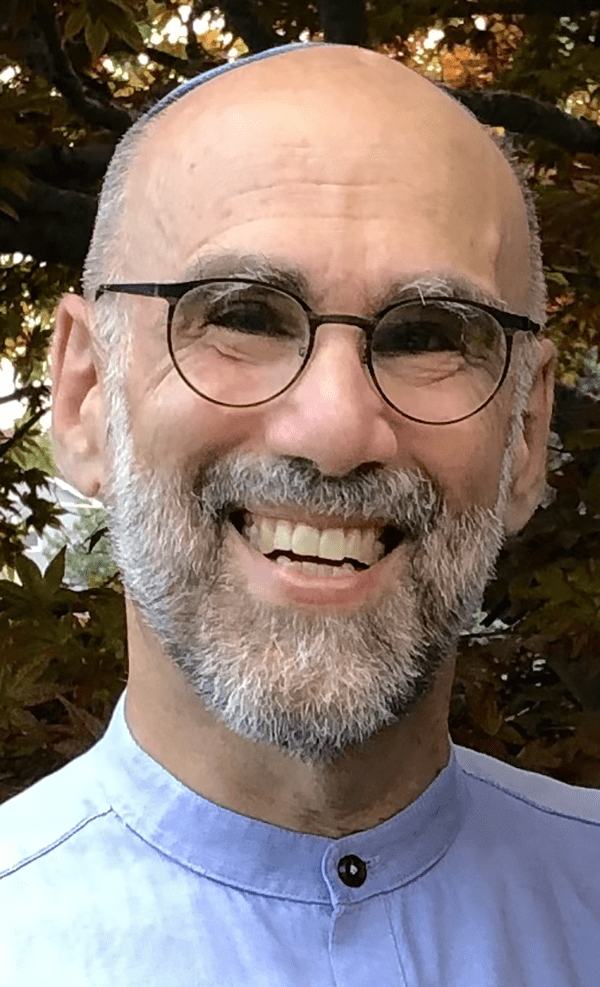Omer 5784
My recent posts...
Preparing for Pesach
My recent posts...Preparing for Pesach Looking forward to shining moments! Shabbat shalom! שבת שלום
Ears? Pockets? Hats?
My recent posts...How would you vote? Shabbat shalom! שבת שלום Purim sameiach!
Siddur Sessions 4 & 5
With barchu, we are summoned, and we respond “yes!” The word barchu has the same root as baruch, i.e., berech, meaning “knee.” Hence, the leader draws attention by bowing on “barchu” and we respond by bowing on the “baruch” of our response.
Siddur Session 3
After the preliminary warm-ups of the morning service, “baruch she’amar,” the opening prayer of the next section, pesukei d’zimra, verses of song, tells of God creating the universe by speaking. Speaking! Remember the creation in bereishit / Genesis: “And God said, ‘Let there be light!’ So there was.”
The inference might be that just as God can create a universe through speech, we can likewise create for ourselves a world of prayer. Indeed, on the facing page in Siddur Lev Shalem, a kavvana (meditation, intention) suggests that “the prayers we utter shape our inner lives [with] new consciousness.” The potential power of prayer!
A sizable portion of our siddur is biblical text, largely drawn from Psalms. Some is rabbinic wordplay, as verses are strung together in chains linked by verbal or thematic association. Yet other prayers are poetic constructions or prose texts focusing on one (or more) ideas: redemption, Torah, our relationship with our God….
Rabbi Lawrence Hoffman, editor of the “My People’s Prayer Book” series published by Jewish Lights, writes of the siddur as a collection of prayers composed by sages over centuries to “express the meaning of their lives.” Early on, our prayers services did just that, reflecting diversity in locale and custom. In response to a 9th-century standardization, accelerated by the advent of printing, the siddur — and therefore services — became more homogenous.
Today, the questions are cogent: Why do we always add to the siddur, without anything being retired? Shouldn’t liturgy be open for change? What might happen if we had different siddurim? What about spontaneous prayer? And why does there seem to be so much repetition?
Standardization has benefits: common language, consistency, transmittable, historical continuity. IT can be comforting to know that, anywhere in the world, one should be able to pick up a siddur and find a place, feel connected to our people. Also, for those who might not be able to compose their own prayers, the siddur is a treasury from which to choose or adapt.
On another hand, spontaneity offers more intensely personal experiences, and it is always available (no building or book required).
As for repetition, some see it as akin to recurring themes in a symphony. Another view is that it is more likely that those not usually at services from start to end (i.e., most of us!) will encounter the major themes of our prayer services. Recurring themes also allow us to consider them anew with each encounter.
And the question of “why are services soooo long?” In some opinions, the length allows opportunities for trying different melodies, for a wider variety of prayers, for praying at your own pace, for letting the mind wander.
Next session, we enter shacharit, the core of the morning service that includes shema and the amida. There is no session this evening (February 22). See you next Thursday, February 29 — bring your own questions!


